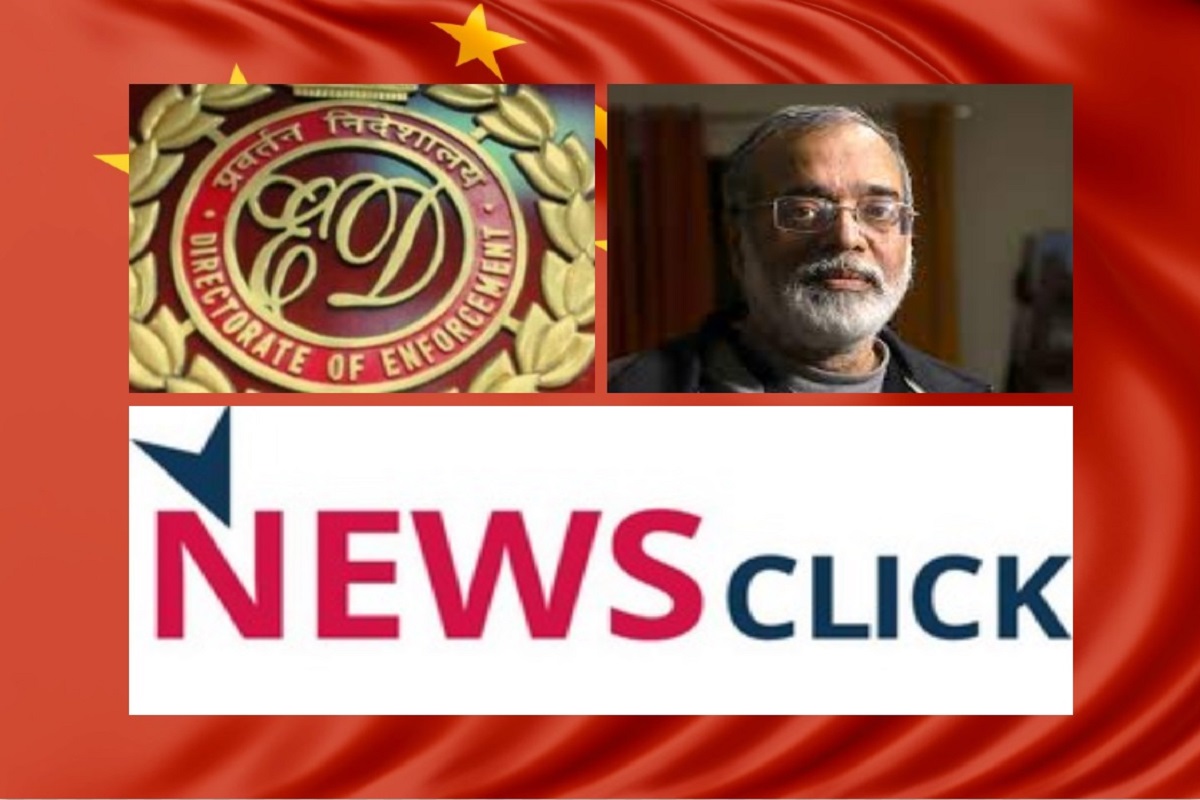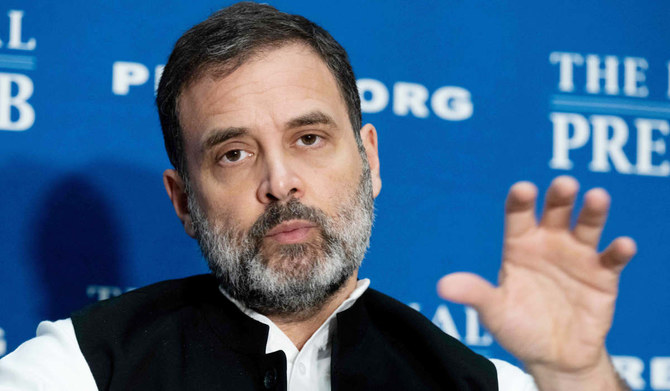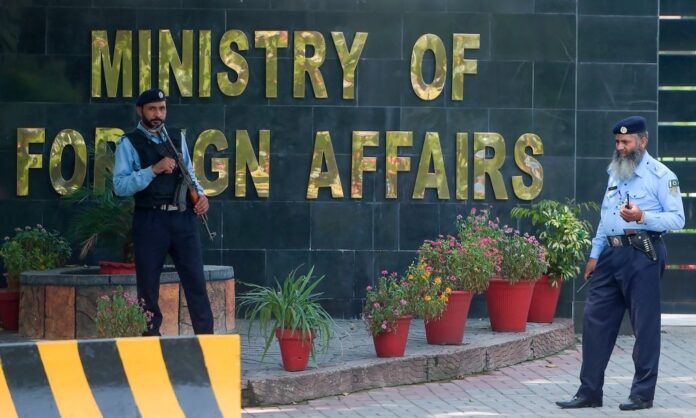
NEW DELHI: Indian government’s crackdown on NewsClick, a non-profit news organisation established in 2009 and renowned for its incisive reporting on the Hindu nationalist agenda of Prime Minister Narendra Modi may have been driven by a New York Times report.
The NewsClick’s founder-editor, staff, past employees, freelancers, as well as non-journalist contributors like activists, a historian, and a stand-up comedian, were among those who were interrogated. During the raids, the police seized laptops, cell phones, and papers.
After a full day of questioning, Prabir Purkayastha, the founder and editor of NewsClick, and Amit Chakravarthy, the head of human resources, were detained under the harsh Unlawful Activities Prevention Act (UAPA), also referred to as the “anti-terror law” in India.
The other men were freed by Tuesday night, but the two men are still being held. The cops have sealed off and closed down NewsClick’s New Delhi office.
India’s press freedom rankings have fallen precipitously since Modi took office in 2014; as of 2023, India is ranked 161 out of 180 nations in the Reporters Without Borders rating. Many more media repression instances go undetected outside of human rights groups, although a few high-profile examples do hit the news.
The New York Times reported on a global network receiving funding from US tech billionaire Neville Roy Singham, reportedly to broadcast Chinese propaganda. This is what makes the most recent raids notable. One of the media outlets mentioned NewsClick as a subsidy recipient. The article made no claims that the Indian news website had broken any laws.
The claims made in the report have been refuted by NewsClick. The news website insists that it neither publishes any news or material at the request of any Chinese body nor follows Singham’s editorial guidelines. Police are currently looking into the site’s potential Chinese sponsorship.
In its report, “A Global Web of Chinese Propaganda Leads to a US Tech Mogul”, the New York Times unravelled a shadowy network allegedly propagating Chinese government talking points by funding left-leaning organisations across the globe via US NGOs. “Years of research have shown how disinformation, both homegrown and foreign-backed, influences mainstream conservative discourse. Mr. Singham’s network shows what that process looks like on the left,” noted the US daily.
However, the method of press repression and intimidation of the left in India appears to be extremely different.
A government language that demonises dissenters as treacherous “anti-nationals” has been the driving force behind years of attacks on liberal democratic norms under the Modi regime.
The characterisation of journalists, professors, activists, and opposition leaders includes hazy linkages with tiny Maoist peasant uprisings in rural India, without any supporting data. According to international rights organisations, disgraced dissidents are then detained under restrictive anti-terror legislation that lacks even the most basic protections.
However, because India is seen in the West as a counterweight to China, many of the transgressions go unnoticed—or, to be more exact, unmentioned—on the world scene.
In many Western capitals, attention is being paid to disinformation networks that connect to Moscow and Beijing as the Ukraine war has exposed divisions between the so-called Global North and South. This is especially notable given that Donald Trump is the current front-runner for the Republican nominee when the US goes to the polls in 2024.
But crucial national elections will also be held in India the following year. There are worries that as Modi runs for a third term, his campaign may once again use deteriorating relations with a nearby country to fuel a nationalist movement. Ironically, the Modi government’s weaponisation of a report by a prominent US newspaper, which was published under the protection of press freedoms in a developed democracy, is now putting the exact ideals that the West claims to cherish in jeopardy.
According to the Pew Research Centre, anti-China sentiment is sharply increasing in India, igniting a Hindu nationalist base that is incensed by any indication that New Delhi is lacking in resolve when it comes to foreign policy. Indian airstrikes on Pakistan only months before India’s most recent general elections in 2019 helped Modi win a historic victory.
Please visit our website London Institute of Peace Research for latest peace news


